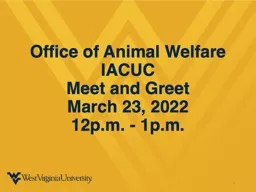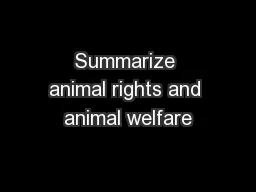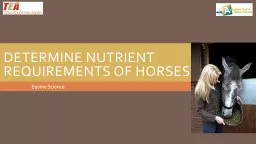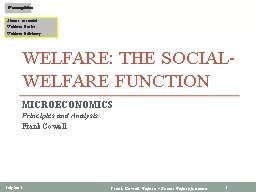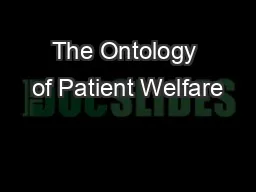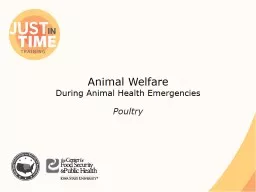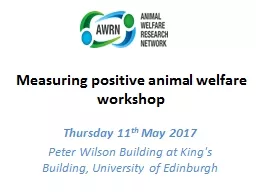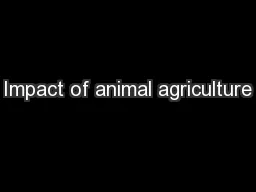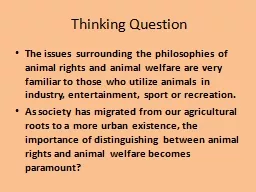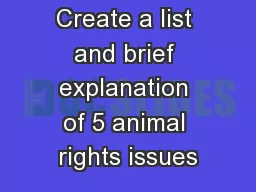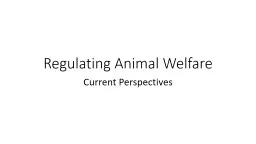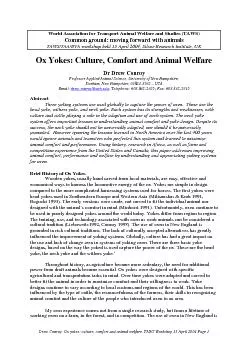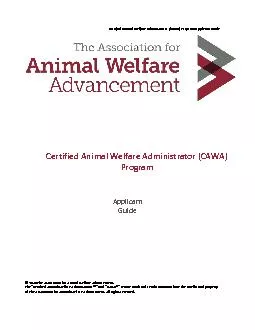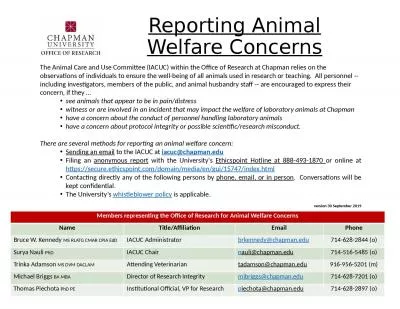PPT-Office of Animal Welfare
Author : SoulfulDreamer | Published Date : 2022-07-28
IACUC Meet and Greet March 23 2022 12pm 1pm 1 Background 20 years of experience in animal research endeavors to include 5 major universities Charles River Laboratories
Presentation Embed Code
Download Presentation
Download Presentation The PPT/PDF document "Office of Animal Welfare" is the property of its rightful owner. Permission is granted to download and print the materials on this website for personal, non-commercial use only, and to display it on your personal computer provided you do not modify the materials and that you retain all copyright notices contained in the materials. By downloading content from our website, you accept the terms of this agreement.
Office of Animal Welfare: Transcript
Download Rules Of Document
"Office of Animal Welfare"The content belongs to its owner. You may download and print it for personal use, without modification, and keep all copyright notices. By downloading, you agree to these terms.
Related Documents

